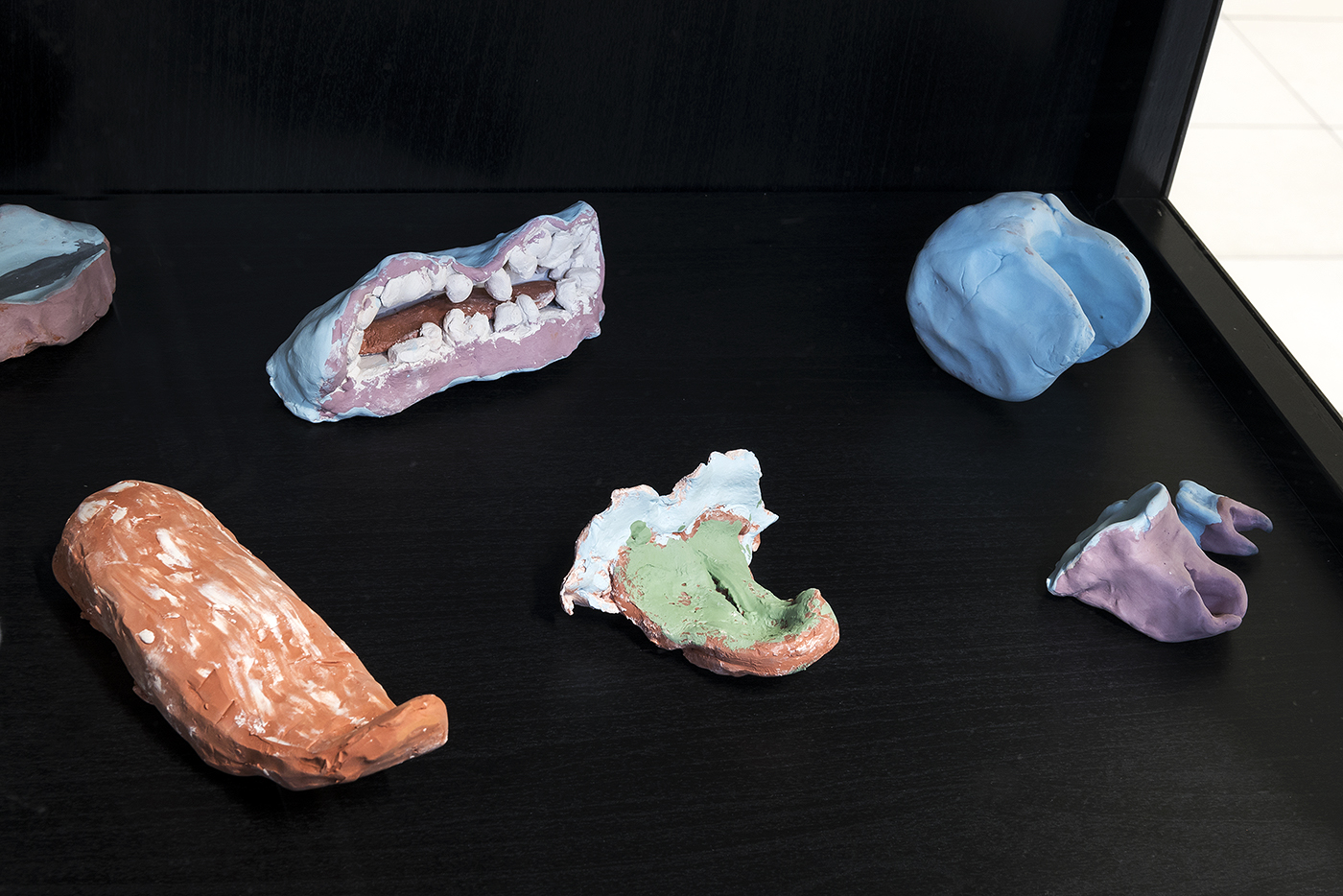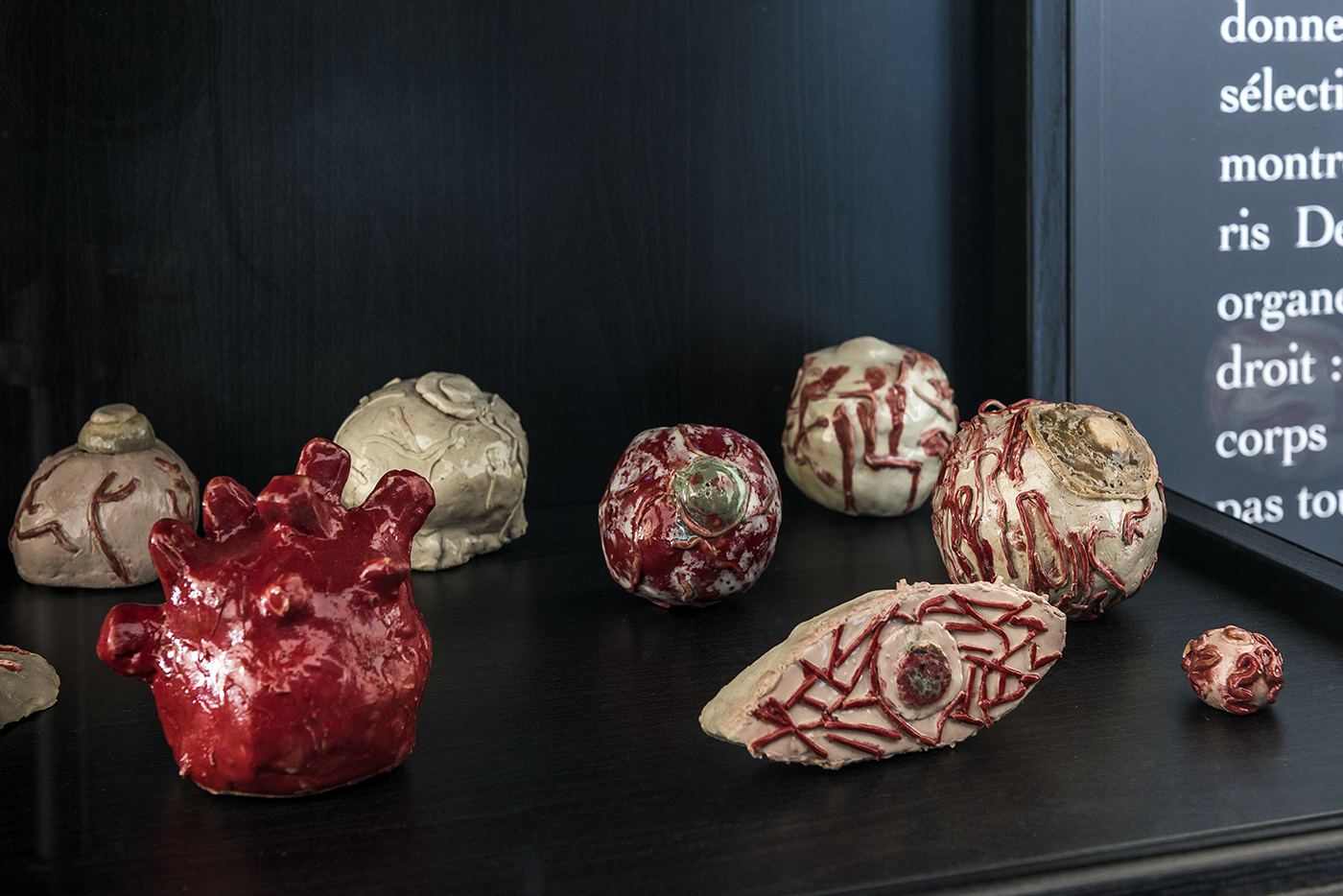- 2024
- 2023
- Ligne d'air
- 2022
- 2021
- The Forest System
- 2020
- A place to read
- Counterfactual
- Deep Sleep
- Fixing Sounds
- Ghost Populations
- Grey Matter
- Humanities
- Impôts.gouv
- My Precious One
- OK computer
- One for all
- Perfect Match
- Personal Borders
- Trial by fire
- Unconscious
- 2019
- Anonymous
- Daily science
- Houston 69
- Image and text
- La santé autrement
- Parts and labour
- Playing with fire
- Plu-present
- The art factory
- The legend factory
- The nuclear effect
- Unique every time
- Vertical
- What exactly is happiness?
- striking a chord
- 2018
- Animal images
- Connections
- Current affairs
- Extra space
- Les courts circuits
- Metamorphoses
- Off ground
- Playing with fire
- The Earth quakes
- The life of rays
- The ocean phenomenon
- The scope of cinema
- The struggle continues
- Top model
- Traces
- What is peace?
- 2017
- All about the climate
- Artistic territory
- Cars
- In all probability
- Inner journey
- Letter to a friend
- Planetarium
- Plants and us
- Polyptics
- Poster child
- Propagation of monotony
- Rocks unlimited
- Tour operator
- We, the presidents
- Youth culture
- 2016
- 3D universe
- Art curator
- Bioethics
- Colours
- Community radio
- Different books - digital design
- Different books - paper design
- Hands on
- Images - Mémoires
- In all probability
- Landscapes
- Meteors
- Microscopic
- Mirages
- Pantone Food
- The great outdoors
- The idiots' guide to teenagers
- The night
- There were several of them
- Under the surface
- 2015
- Books otherwise
- By prescription
- Denim
- Feet on the ground
- Intermediate schools in France
- Meteorologists
- Occupation: inventor
- Outdoors
- Sweet treats
- The art of love
- The climate in fiction
- To be completed
- Universal light
- Urban life
- What is today?
- Words and music
- 2014
- Are you modern?
- Aroma research
- Calculating sound
- Digital dreams
- Female landscape
- Hung up
- Infinite at top speed
- Les Grandes Tables
- Life in the laboratory
- Listening to the sacred
- Short trips into the working world
- The age of the earth
- Use and reuse
- Water
- Words and music
- Words and things
- 2013
- Aroma research
- As if by chance
- Behind the screen
- By what right?
- In praise of mixity
- Infinity at top speed
- Listening to the sacred
- Looking at animals
- Mass markets
- Memory
- On promotion
- Once upon a time: Art
- Segami
- Sensitive boundary
- Short trips into the working world
- The French factory
- Truth in sport
- 2012
- A simple movement
- Animalia
- Archigram
- Babel
- By what right ?
- Call it anything
- Dinner's served!
- Experience of the world
- Found objects
- Money
- Once upon a time: Art
- Perceptible split
- Phenomena
- Serious games
- Television
- Warmly dressed
- 2011
- Animalia
- Balance of power
- Breathless
- Chemistry year
- Cities and architectures
- Eurêka
- Experience of the world
- Food
- Found objects
- Homepage
- Once upon a time
- Public life
- Television
- Under constraint
- Video games
- Vostok
- What to wear
- 2010
- Chimie en cuisine
- Eurêka
- Evolution
- Jeux vidéo
- La bioéthique
- La richesse - philosophie
- La richesse - sociologie
- Les adolescents - photographie
- Les adolescents - sociologie
- Objets trouvés
- Quel grand Paris?
- Rapprochement des cultures
- Sous contraintes
- Télévision
- Village global
Inner journey
Since 2009, the Seine-Saint-Denis County Council has been backing “la Culture et l’Art au Collège (CAC)”. This project is based to a large extent on the presence in class for several weeks (40h) of an artist or scientist whose mission is to engage the students in a process of research and creation.
Tutors: Frédérik Gautier, Richard Colin, Laurette Broll and Sophie Bohrt/ ceramicists
Project manager: Stéphane Coulaud
Objectives:
There is a long cultural tradition maintaining the relationship between art and science, especially by combining creative and observation techniques. Here, this involves a combination of ceramics and anatomy: the students use different ceramics techniques to represent various human organs in 3D, making models of hearts, brains and lungs that can be handled so that both the inside and the outside of the organs can be seen.
Workshops:
The students addressed the subject of organs with the help of documentary research and Biology textbooks. The contributor completed these references with complementary documents (internet, medical textbooks, graphic illustrations, etc.). This exploratory work was followed by research into the plastic qualities of ceramic materials and how to handle faïence blanche and chamotte clay, sandstone, red clay and black clay, engobes and enamels.
To facilitate the work in class and guide the students, they were split into groups to study different organs – hearts and venous systems; organs in the head (eyes, nose, mouth, tongue); the digestive system (liver, mouth); and respiratory organs (lungs, trachea, heart). At this point, the students handled different types of clay and compared the effects of the material, the textures, etc. Each class then imagined, drew and produced a set of ceramic pieces on its particular theme.
This was followed by colour application, opening up another field to explore to differentiate their work. Enamels were used for some sets of pieces, based on a single enamel but fired at different temperatures to give an array of colours ranging from blood red to metallic grey-brown. Other pieces were made from a single blend of different clays and sandstones to give the objects a specific texture and an original identity without adding colour with enamel or engobe. These materials to add colour were, however, used on models of organs in the head (eyes, nose, mouth, tongue) and the digestive system (liver, mouth) to provide additional information.
Outcome:
From 29th May to 6 June 2017, the work produced during the ‘Inner Journey’ project was exhibited in the Paris-Descartes Medical School. The ceramic pieces were shown as a staged collection resembling a kind of cabinet of curiosities. One display case exhibited a collection of lungs, tracheas and hearts, another showed brains, hearts and venous systems, etc.
Outings (selection):
- Cité de la Céramique, Sèvres
- History of Medicine Museum, Paris
Participating schools:
- class 4è UP2A, collège JEAN-PIERRE TIMBAUD, BOBIGNY
- class 4e SEGPA, COLLÈGE JORISSEN, DRANCY
- class 6e, COLLÈGE HERRIOT, LIVRY GARGAN
- class ULIS, COLLÈGE LOUIS PASTEUR, VILLEMOMBLE
Scenography: ELODIE DESCOUBES
Photo: PIERRE ANTOINE








